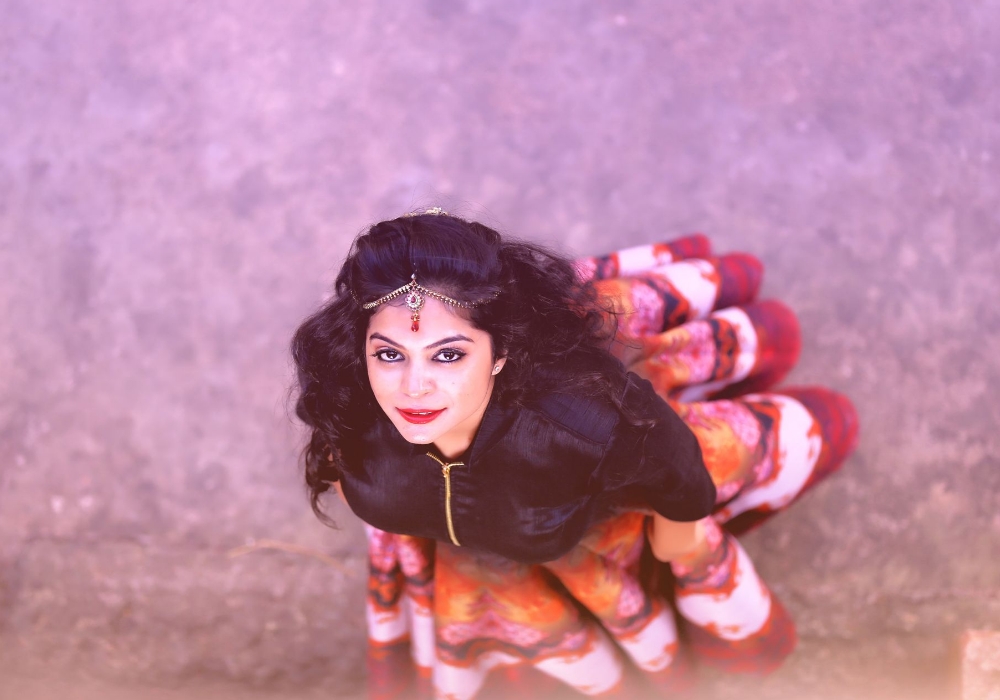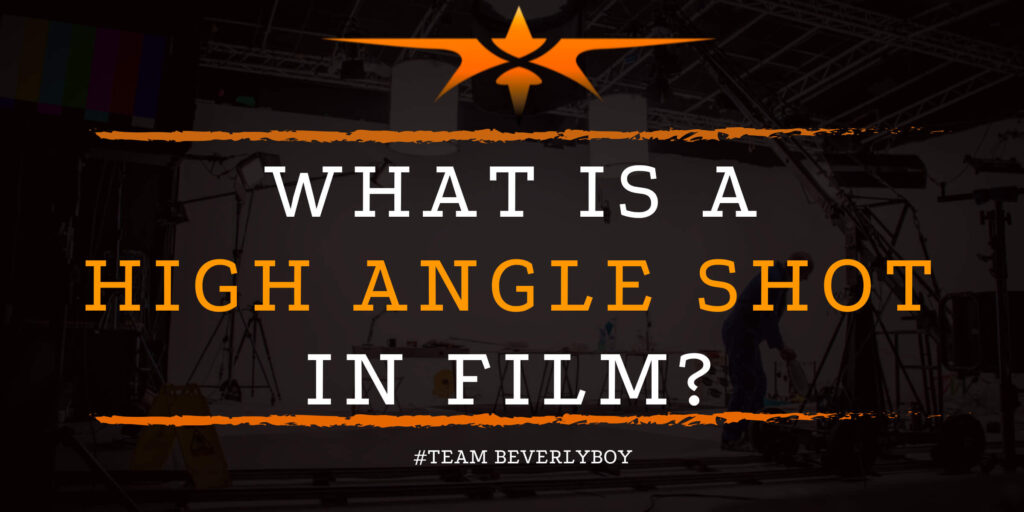What is a High Angle Shot in Film?
The positioning of your actors within your camera frame can make a world of difference in the emotions that are drawn from your audience in relation to the scene. Framing your actors from a high angle, for instance. It can be used to create tension. Or to present a psychological vantage point that could not otherwise be viewed. Various shots, such as the high angle shot, are used in filmmaking to change the perspective that a scene conveys. While eliciting a particular emotion from the audience. But what is a high angle shot in film?

What is a High Angle Shot?
The high-angle shot is a filming technique which involves the camera looking down upon the character or subject in a scene from above in an elevated position.
The high angle shot is one of seemingly infinite camera angles. Which can each be used and combined to create the desired effects.
Directors and cinematographers use high angle shots to look down upon a character. Often showing signs of weakness or loss of power, similar to when someone looks down on you in real life.
When a high angle shot is included in the shot list, it typically signals a desire to make the subject appear vulnerable or weak and powerless against the ensuing conflict within the narrative.
Why are High Angle Shots Used in Film?
Throughout many Alfred Hitchcock films, we saw heavy use of the high angle shot in film.
You might recall Hitchcock films using high angle shots for any of the following purposes:
- Portraying a sense of depression or shock for the subject.
- Showcasing the true danger that a character is facing.
- Producing a subjective view in which the camera shares the character’s view.
- Providing an overview of the scene below.
Narrative Details
The ability for a high angle shot to peer down upon the subject from the higher perspective above is ideal for conveying narrative details or in eliciting the desired emotions from an audience.
High angle shots are often used to show the potential danger a character faces. Such as when a character is scaling a building and risks falling many stories below into traffic.
Or in surveillance when there is danger in a particular scene. And the character themselves is peering down into what’s next.
Types of High Angle Shots in Film
In reviewing the answer to the common question, “What is a high angle shot in film?” it makes sense to also address the various types of high angle shots in film.
While the high angle shot is essentially any shot that is captured from above the subject. The different types of high angle shots can be utilized to provide a particular emotional response from the audience. Or to otherwise connect the audience with the narrative.
Common types of high angle shots include:
- Narrative High Angle Shots – used to provide information on the narrative by peering down at the space to see what’s happening below so as to provide context to the scene.
- Character-Driven High Angle Shots – used to signify a vulnerability within the character by peering down on the character from above to show a particular vantage point.
- Visceral High Angle Shots – used to elicit a particular emotional response from the audience, particularly showing an extreme situation such as a deep cliff which would provoke fear of heights or showing an extreme angle that would otherwise elicit tension or fear.
Use Wisely
Now that you know the answer to your initial question, “What is a high angle shot in film?” as well as some details as to how a high angle shot can be used and what these types of shots are most useful for in film.
How will you include high angle shots in your next project shot list to expose a character’s vulnerability or otherwise give insight into the narrative of the film?


